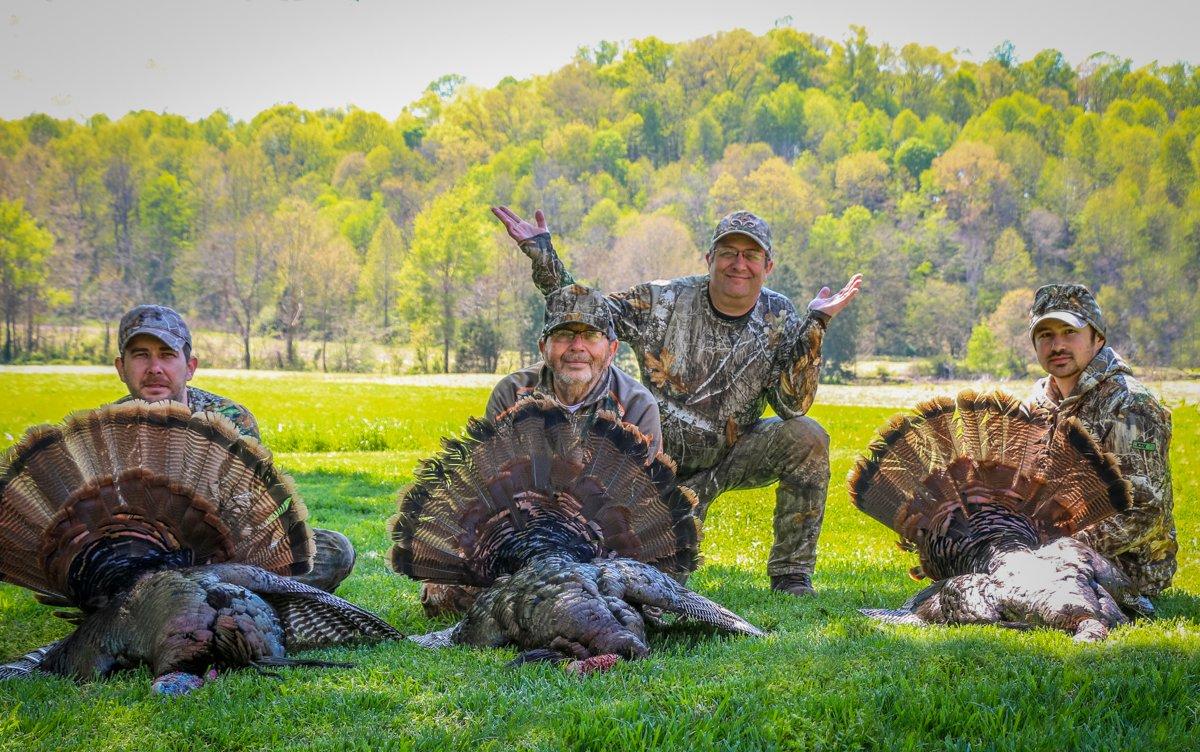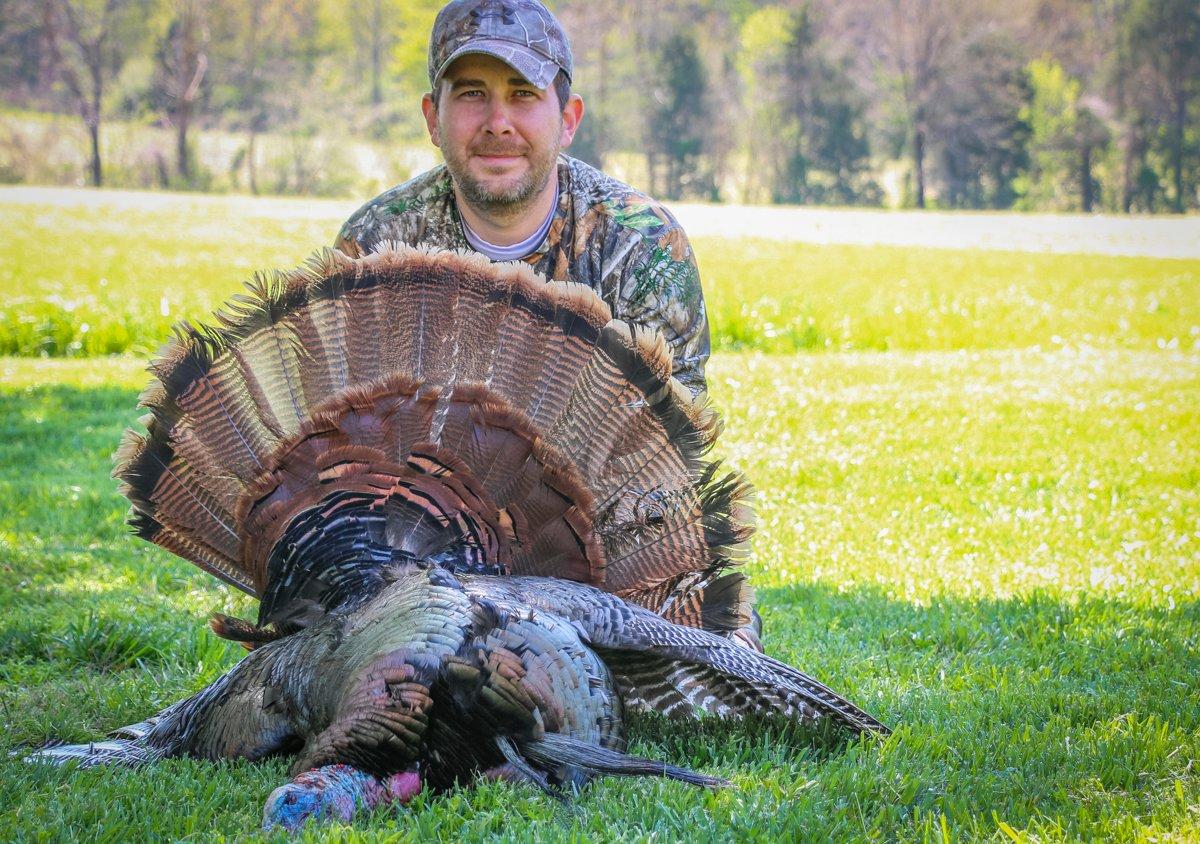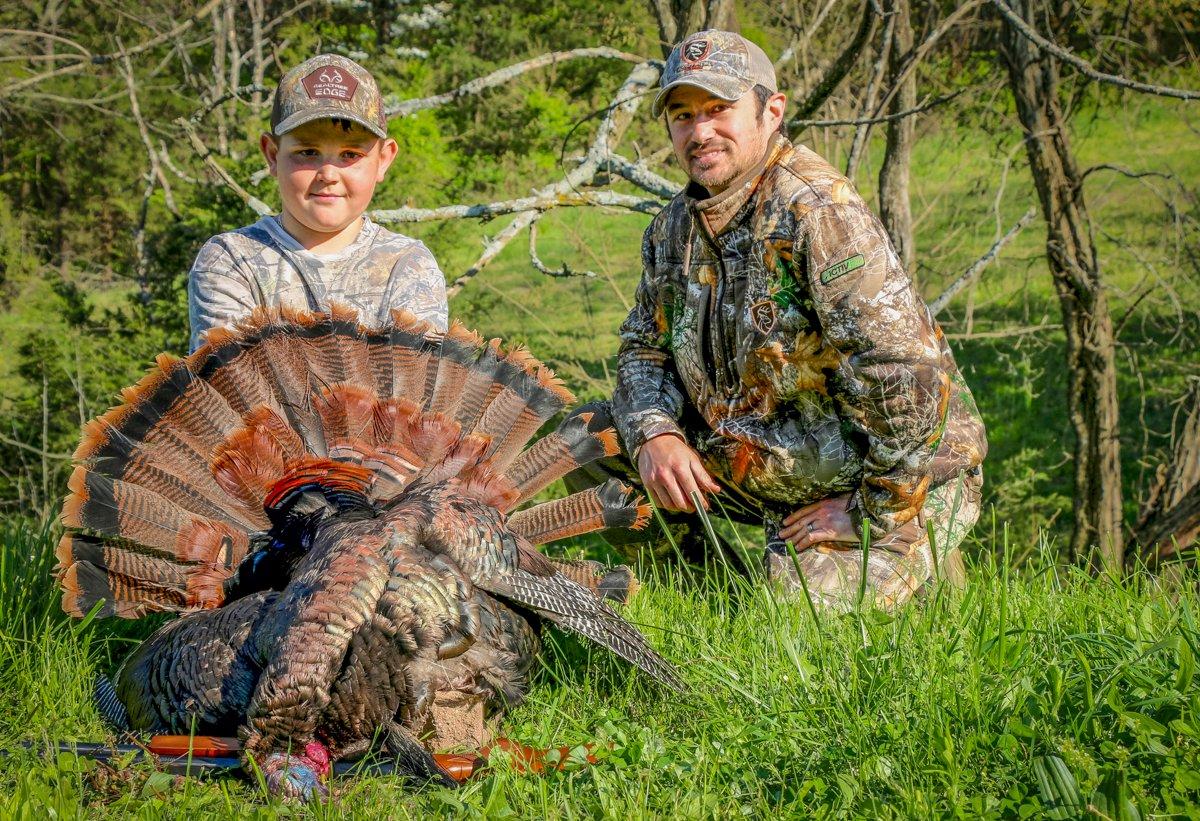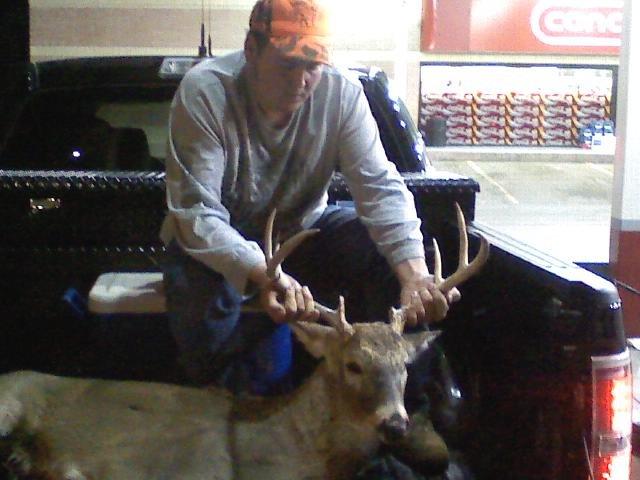Whitetails may be my greatest passion — but gobblers are in trouble come springtime
Rays of light cast through timber and glint off ivory tines. A series of throaty grunts cascade off surrounding cedars. Hairs stand at attention as the bow string slowly inches backward. A primitive, timeless moment of truth is seconds away, and every nerve in my body knows it. Deer season is what I live for. But darned if I don't love the scent of dogwoods and the twang of a distant gobble on opening day of turkey season, too. A glimpse of a strutting tom sashaying through the timber opens the adrenal floodgates. When a true outdoorsman experiences one of nature's such wonders, it never leaves them. I had a great 2020 turkey season, and I doubt these experiences will soon leave me, either. Here's what I encountered.
1. Marking pre-season gobblers with onX works.
Pre-season scouting is a big part of my annual turkey hunting success. My family and I spend the weeks leading up to opening day listening for birds at daybreak. We mark individual gobblers we hear and see with onX. This not only establishes a pre-season count for setting property harvest quotas but also keeps track of roost trees to set up near once the season opens.
2. Some gobblers run in screaming, and some come in quiet.
Opening morning brought a loud-mouthed double-beard into range. It took a while, but eventually it left its hens and slipped through the underbrush toward the big fencerow cedar, where we were waiting. I was filming and my father was shooting. The gobbler got within 20 yards and while the camera view showed a clean shot, Dad didn't have one. The gobbler retreated.
Minutes later, another big gobbler walked in from behind us, just 10 yards away. That bird never made a sound, proving that two dominant birds can respond to the same setup with two completely different reactions. Due to the silent approach, a five-strand fence, and a wall of brush, we weren't able to tag that turkey, either.
3. A little hill can work wonders.
Later that morning, we went running and gunning on a different property. Five minutes after arrival, I yelped and a turkey sounded off over a hill about 100 yards away. Expecting the tom to at least peak over the top of the hill, we sprinted forward, set up within 30 yards of the hill crest, and called to the bird again. It did as we'd hoped, strutted to the top and looked toward us down below. My grandfather filled his first tag of the season. Setting up within range of the peak made the difference.
4. Setting up between gobbling turkeys is gold.
About 45 minutes later, and around 500 yards down the ridge, we heard birds gobbling in two directions — two to the right and a group of gobblers to the left. We set up between both in hopes that one would close the distance. Less than five minutes after sitting down, a single bird slipped in and gobbled 30 yards away, just behind cover. It walked up into view and my uncle filled his first tag of the season.
5. When old-school tactics don't work, new-school ones might.
After recovering my uncle's bird, we set back up and called to the other group of turkeys that had been gobbling. Ten minutes later, five longbeards walked up the ridge, stepped out of the timber into the field, looked at the decoy spread, and walked away over the hill. We eased to the top of the open pasture, and several toms were waddling back toward us. That sealed the largest one's fate and capped off the greatest opening day we've ever had as a family, with three downed gobblers within three hours.
6. Afternoon longbeards really do lose their hens.
A couple days later, I had the opportunity to help my younger cousin tag his first turkey. We set up in a pastured draw in hopes of striking a mid-afternoon longbeard. Ten minutes later, a hen walked out of a small woodlot. Fifteen minutes after that, a lone gobbler left the same block of cover and walked straight to our decoy set. He'd lost his hen and hoped to steal away my H.S. Strut decoy's girlfriend. He got a headache instead.
7. Calling to the hens can bring in the toms.
My next trip afield was pretty interesting. A hen responded to my yelps, clucks and purrs. We went back and forth for almost an hour. I'm not entirely sure, but I believe the sounds she was making were the equivalent of a wild turkey cussing. She eventually tired, ceased the exchange, and drifted off. If a longbeard had been with her, I'd have easily filled my tag.
8. Cattle pastures make hunts, but cows can break them.
Shortly after the hen departed, a longbeard sounded off from behind us, and kept getting closer. Just as he crested the hill, several cows surrounded the decoy spread while others walked toward the gobbling tom. Of course, it boogered and departed. Made me want to eat more beef.
9. Even turkeys that respond to the call can take a while to do it.
Later in the week, I was with a fellow Honeycutt who shall not be named. We set up near several vocal birds on the roost. They hung around us for hours, but never offered a shot. Eventually, after the rest drifted off, one of them came back. That bird remembered where we were and returned. A swing and a miss sent the healthy gobbler trotting off like a velociraptor.
10. With the right tom, it can happen fast.
The next Saturday I had to work for a bit and didn't make the roost hunt. Heading out about an hour after sunup, I struck a gobbler in a big, open cattle pasture, and he sprinted across the open terrain toward me. Five minutes later, he was dead at my feet. My second bird of the season proved that a hot tom can take less than 10 minutes to kill. It's all about their mood.
11. Subordinate birds come in quiet.
Several days later, I had the chance to go hunting with my father. We didn't have much luck off the roost, and instead went after a distant bird that wouldn't keep its beak closed. It answered every call, and we just knew it'd take a grease bath later that night. Fate intervened, though, and a silent bird slipped in and got shot while its fellow longbeard gobbled just out of range. It definitely acted like a subordinate turkey.
12. You see neat stuff when you're watching for it.
The outdoors is full of surprises. One of the most interesting sights of the season was a white squirrel. I've seen completely albino squirrels, but never a partially white tree rat. This one had a mostly white body and grey tail, and he loved my decoy. How cool is that?
13. Good things happen when you don't give up.
Going into the final weekend of the Kentucky turkey season, my father, grandfather and uncle still had a tag each left to fill. Saturday morning brought a bitter 31 degrees, which put a damper on the gobbling. Birds barely talked on the limb, opened their beaks just enough after fly-down to holla at the ladies, and shut up. We didn't hear a single gobbler after 6:30 a.m.
Persistence prevailed, though. Around 2:30 p.m., the four of us eased down a ridge and spotted a late-spring flock of 15 turkeys — a mixed bag of toms, jakes and hens — along a field edge. The birds angled toward a historically good spot on the farm, and we hustled to get ahead of them.
After 20 minutes, worry set in that the turkeys spooked, altered course or beat us there. So, we eased up the grassy hill toward their last known position. Upon cresting the rise, we saw them, and two old turkeys — a 3-year-old and a 4-plus-year-old — squared up, puffed chests and engaged, but they were no match for a pair of well-timed No. 5s. My grandfather and uncle tagged out. My father and I watched it unfold.
Turkey season came and went, but it didn't disappoint. Memories were made. Gobblers were killed. Turkey breast was fried. While the success is never enough to scratch the itch, it'll stave it off until next spring. Until then, I'll merely reflect. Perhaps I'll glass for strutters in the bottoms. Maybe I'll listen for that distant gobble in the dogwoods. But I'll be wishing for fall, brow tines, and backstraps.













